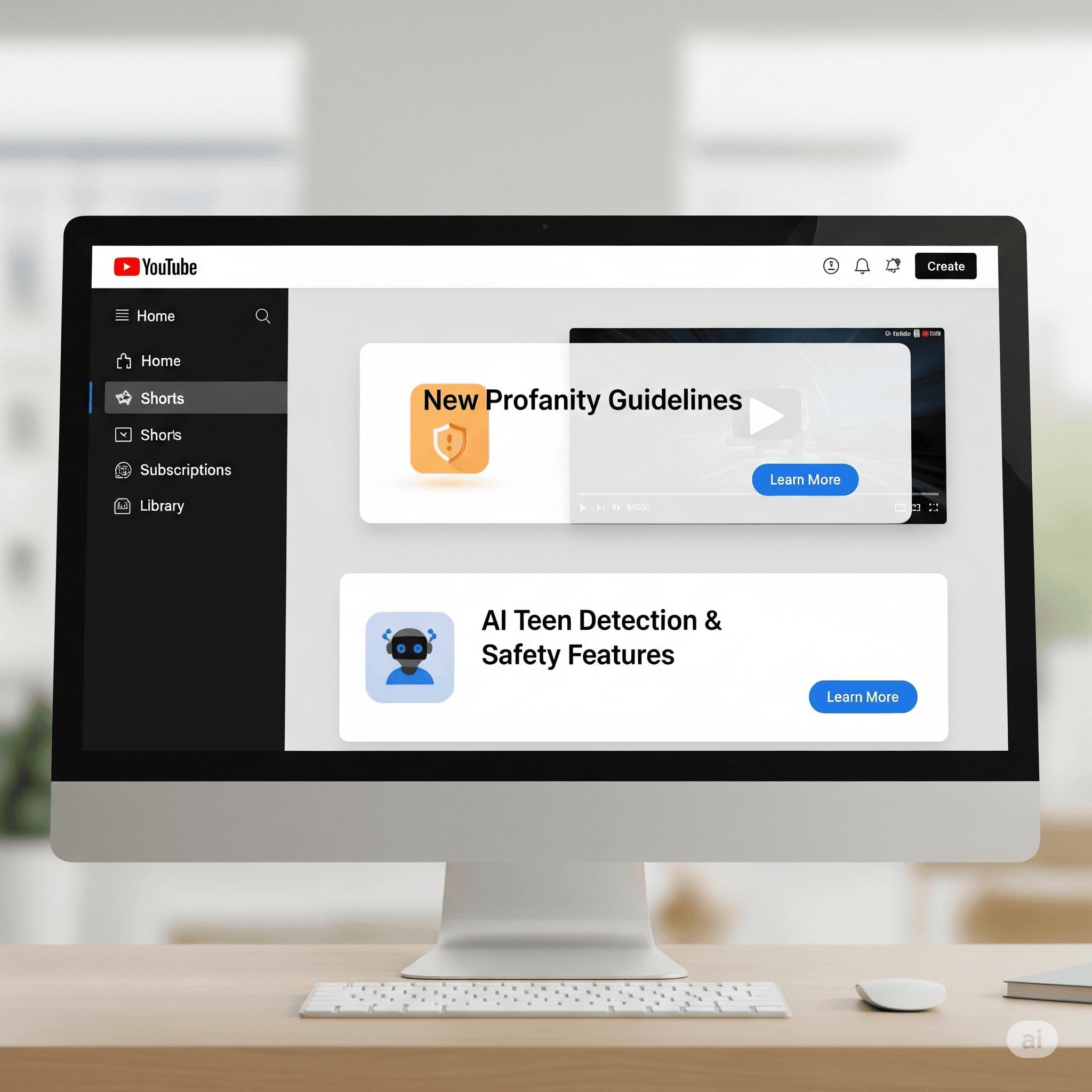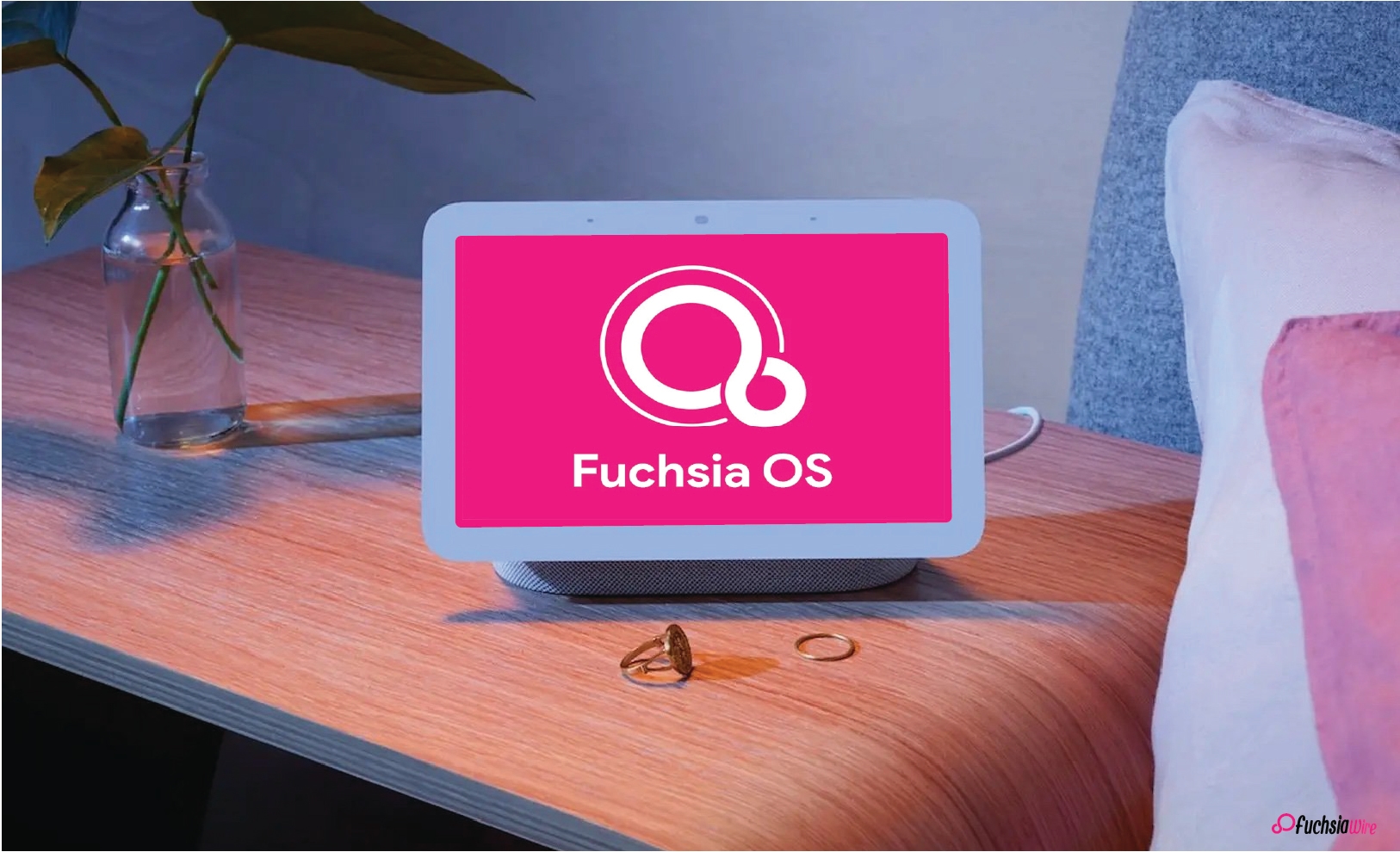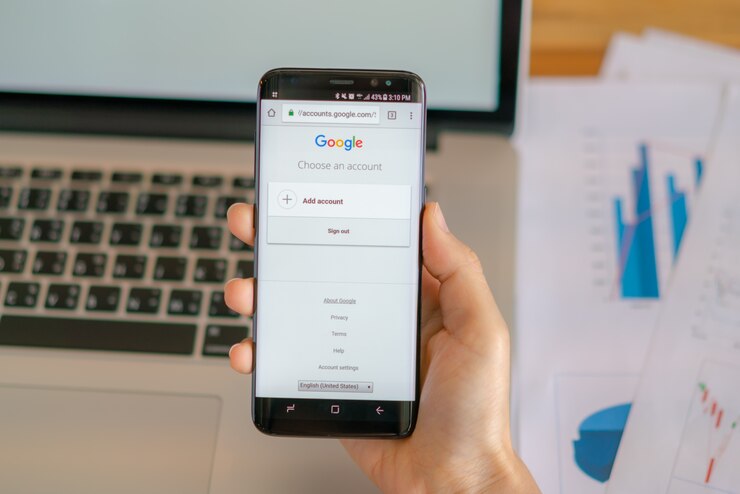YouTube is making it easier for creators to use profane language. It will be upgrading its safety nets on the topics that might affect young audiences. It introduces age estimation AI Teen Detection on YouTube.
Such changes are expected to take effect somewhere in the middle of August 2025 in the U.S. They are a result of the constant pursuit of YouTube executives. These aim to achieve a balance between the freedom of creators on the platform. And the relative security and conformity to the law.
New Profanity Rules: Greater Freedom to the Creators
Since the end of July 2025, YouTube has considerably revised its YouTube monetization profanity policy.
The most significant addition is the fact that automatic demotion is now to take place. Even when said word is used during the initial seven seconds of a video.
Earlier, this kind of language was accepted to result in little or zero ad revenue, a frustrating experience. That many creators would then be subjected to by unexpected demonetization.
Creators will have the freedom to utilize the first few seconds of their work. With harsh profanity and still monetize the content fully.
This change offers both more definite guidelines and a higher degree of flexibility. It leads to the creators being able to express themselves in more natural ways. That they do not have to fear being directly financially penalized.
This subtlety is designed to bring the advertiser-friendly guidelines of YouTube. Inline with the emerging broadcast regulations and advertiser demands.
AI Age Of The Ages & Teen Guardians: A Secure Zone for Young Spectators
YouTube will introduce a new AI age estimator, with its implementation starting in the United States, around August 13, 2025. This advanced machine learning engine is meant to better determine users who are probably under 18 years of age.
These will be to disable personalized ads. They enable enhanced tools on digital well-being, and introduce even stricter recommendations meant to limit repetitive exposure to potentially problematic content.
There is a simple verification procedure if an adult believes he/she is incorrectly identified by the AI as a teenager. Users will be able to manually confirm their age through the use of a government-issued ID.
Implications for Creators & Viewers
All these parallel upgrades are important for both producers and their consumers:
To Creators: They may open themselves to changes in the demographics of their audience. Many viewers are now classified as teenagers correctly.
This may cause a slight dip in the overall revenue that creators are getting in terms of ads, especially those whose fan bases are users who are of an inappropriate age.
To the Viewers: Teens will have improved automated protection so that the process will be safer and more age-appropriate. An adult may have the risk of information getting into the wrong hands and being classified as the wrong age, which may then result in an inconvenience of age verification.
Best Practices & Recommendations
To move through these changes, we suggest the following best practices for both developers and consumers:
Creators:
Profanity: Profanities should be used judiciously, whereas stricter ones may be employed. However, too much strong profanity that lacks contextual significance should not be used.
Titles & Thumbnails matter: By all means, do not use strong or moderate profanity in your video titles and thumbnails. They are still going to be punished with limited monetization.
Watch The Demographics: You can watch demographics of your audience in YouTube Analytics to know how old or young your audience is. This will also help guide your content and monetization plan.
Users:
Be informed about Protections: Be aware of the digital well-being features and the content filters that will be placed on teen accounts.
Check Age in case of mislabeling: In case you are a grown-up faced with the badges provided to teens, then you can use the age verification procedure on YouTube to re-verify your age as a grown-up user.
General: Be aware of the platform safety and monetization guidelines that are constantly changing as YouTube adapts to the digital space and policy-wise.
FAQs
Is it possible to monetize videos that have profanities at the beginning?
Previously, it had stated that videos that had profanity (even with just strong language) at any point and within the first seven seconds could not be monetized.
What are the methods used by YouTube to Tab Grade to determine teenage accounts?
YouTube AI age verification checks behaviours like search, watch patterns, account age,s among others, to determine whether the user is estimated to be underage; thus, they apply this to serve adverts to an individual.
What happens when I do not agree with my age classification?
In case of an incorrect assignment by the AI determining your age as a teenager, you can make use of certain options such as a government ID, a selfie.
























